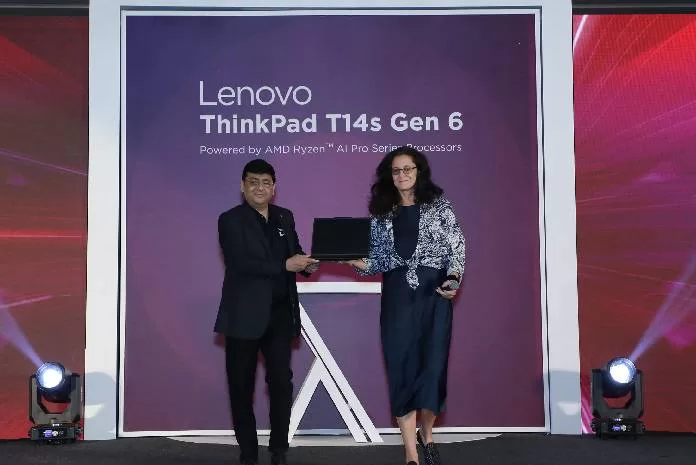CARS24 has unveiled Autonaut, a cutting-edge AI-powered chatbot designed to revolutionize how India interacts with cars. Built in-house at CARS24’s GenAI Labs, Autonaut is among India’s first multilingual automotive AI chatbots, offering intuitive, human-like conversations to simplify and elevate every aspect of car ownership.
Whether it’s helping users choose the perfect car, providing insights on selling or offering post-sale guidance, Autonaut answers all car-related questions with precision and ease. Tailored for buyers, sellers, and enthusiasts alike, it transforms the often complex car journey into a seamless and empowering experience.
Powered by cutting-edge Retrieval-Augmented Generation (RAG) technology, Autonaut is more than just a chatbot—it’s a personal car expert designed to make the car discovery and ownership journey seamless, enjoyable, and worry-free. From providing tailored recommendations to answering complex queries with precision, Autonaut is engineered to empower people at every step of their car journey. According to CARS24, early traction for Autonaut has been remarkable for Autonaut, with 36.25% of people adopting Autonaut within days of its pilot launch.
A Chatbot that understands you
Autonaut was built with one mission: to eliminate uncertainty and empower users to make confident, informed decisions. Whether someone is buying their first car, upgrading to a new one, selling a vehicle they’ve owned for years, or is simply curious about the latest automotive trends, Autonaut ensures they never feel nervous, unsure, or overwhelmed. From questions like “Which car is best for a family of five?” to “Can this car be upgraded with CNG?” or “What’s the RC transfer process?” Autonaut provides answers with clarity and confidence.
Unparalleled expertise backed by rigorous testing
Autonaut is the result of countless hours of research, innovation, and collaboration by CARS24’s team of tech and automotive experts. Extensively tested with some of India’s top car specialists, Autonaut ensures every response, recommendation, and insight is backed by industry-leading expertise. This meticulous validation process guarantees reliability, setting a new benchmark for trust in AI-driven car solutions.
Powered by our in-house Intent & Entity Detection Architecture coupled with our proprietary RAG and Recommendation engine all driven through GenAI, Autonaut turns complex data into simple, actionable insights. Its conversational tone encourages users to ask openly about anything, whether basic or complex.
Autonaut also learns from every interaction. With each conversation, it grows smarter, tailoring future responses for even better accuracy and relevance. This ability to adapt and evolve ensures users always receive the most relevant, up-to-date insights. To make it easier for our users we have also integrated Autonaut with WhatsApp.
“Autonaut is a global ambition brought to life in India. We’re designing AI-first solutions that aren’t just for the future of cars—they’re for the future of the world,” shared Vikram Chopra, CEO & Co-Founder, CARS24.
Key Features of Autonaut
- Stress-Free Recommendations: Queries like “I need a car for off-roading under ₹17 lakhs” receive instant, personalized suggestions tailored to individual preferences.
- Digestible Summaries: Whether it’s understanding service history or decoding paperwork timelines, Autonaut simplifies complex information into clear, actionable answers.
- Smart Bargaining Assistance: Wondering about discounts? Autonaut helps users uncover potential savings and explore better deals effortlessly.
- A Smarter Future: Autonaut learns from every interaction, continuously improving its capabilities to deliver sharper, more relevant answers over time.
Transforming the CARS24 experience
By integrating with CARS24’s proprietary GenAI-powered recommendation engine, Autonaut combines years of automotive expertise with advanced AI capabilities. It ensures that every interaction is informed by data, experience, and a deep understanding of user needs. For CARS24, Autonaut represents more than just a tool; it embodies a steadfast commitment to enhancing car ownership experiences, reinforcing our belief that better drives lead to better lives.
“When we started CARS24, we saw how challenging car ownership could feel for so many people. Autonaut is a reflection of that learning—a way to turn those challenges into simple, intuitive, and empowering experiences,” shared Gajendra Jangid, Co-founder and CMO, CARS24.
Exclusively available on the CARS24 app, Autonaut caters to everyone—from first-time buyers seeking guidance to seasoned car enthusiasts looking for technical details. By addressing the technical, emotional, and environmental aspects of a car, Autonaut is ready to transform how people approach car ownership.















